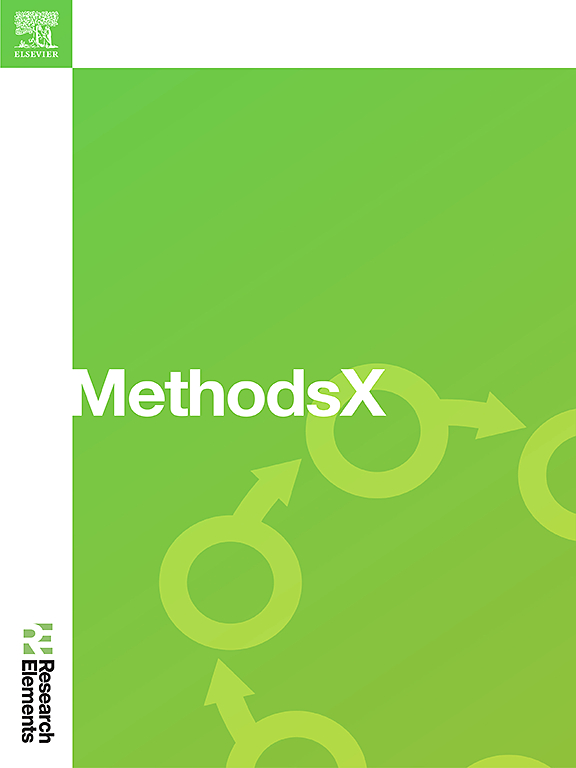NIRS as an alternative method for table grapes Seedlessness sorting
IF 1.6
Q2 MULTIDISCIPLINARY SCIENCES
引用次数: 0
Abstract
Seedlessness in table grapes is a desirable trait for consumers. Plant growth regulators (PGRs) have been extensively utilized to induce seedlessness. However, the efficacy of these PGRs is not uniformly successful. In addition, the seedlessness is difficult to detect by cutting and counting technique. The shortwave-near infrared spectroscopy (SW-NIRS), coupled with suitable chemometric analysis, is a non-destructive method for sorting and prediction of seedlessness grapes. The NIRS is higher efficiency than original technique in term of accuracy, measuring time and waste reduction.
- •The SW-NIR spectra of 240 grape berries were recorded. Each reflectance spectrum was acquired in the wavenumber of 3996–12,489 cm−1. After that all grape berries were cut and count for seedlessness sorting.All spectral together with seedlessness sorting were be analysis by chemometrics.
- •The NIR spectral data were analyzed using principal component analysis (PCA). In addition, supervised self-organizing map (SSOM) and quadratic discriminant analysis (QDA) were applied to classify the seedlessness.
- •The PCA results represented a negative tendency to classify the seedlessness. Clear classification tendency can be obtained from SOMs. Good predictive results from SSOM were obtained, as it gave a percentage correctly classified of 97.14 and 94.64% for training and test sample sets, respectively.

近红外光谱作为鲜食葡萄无籽分选的替代方法
食用葡萄的无籽是消费者所希望的特性。植物生长调节剂(pgr)被广泛用于诱导无籽。然而,这些pgr的疗效并不都是成功的。此外,无籽是难以检测的切割和计数技术。短波-近红外光谱(SW-NIRS)结合合适的化学计量学分析,是一种无损的无籽葡萄分选和预测方法。近红外光谱在测量精度、测量时间和减少浪费等方面都比原有技术具有更高的效率。•记录了240个葡萄果实的SW-NIR光谱。每个反射光谱的波数为3996 ~ 12489 cm−1。之后,所有的葡萄浆果都被切下来,并进行无籽分类。利用化学计量学对所有光谱和无籽分选进行了分析。•使用主成分分析(PCA)对近红外光谱数据进行分析。此外,采用监督自组织图(SSOM)和二次判别分析(QDA)对无籽种子进行分类。•PCA结果对无籽分类呈负向倾向。从SOMs中可以得到清晰的分类倾向。SSOM获得了良好的预测结果,因为它对训练和测试样本集的正确分类率分别为97.14%和94.64%。
本文章由计算机程序翻译,如有差异,请以英文原文为准。
求助全文
约1分钟内获得全文
求助全文
来源期刊

MethodsX
Health Professions-Medical Laboratory Technology
CiteScore
3.60
自引率
5.30%
发文量
314
审稿时长
7 weeks
期刊介绍:
 求助内容:
求助内容: 应助结果提醒方式:
应助结果提醒方式:


